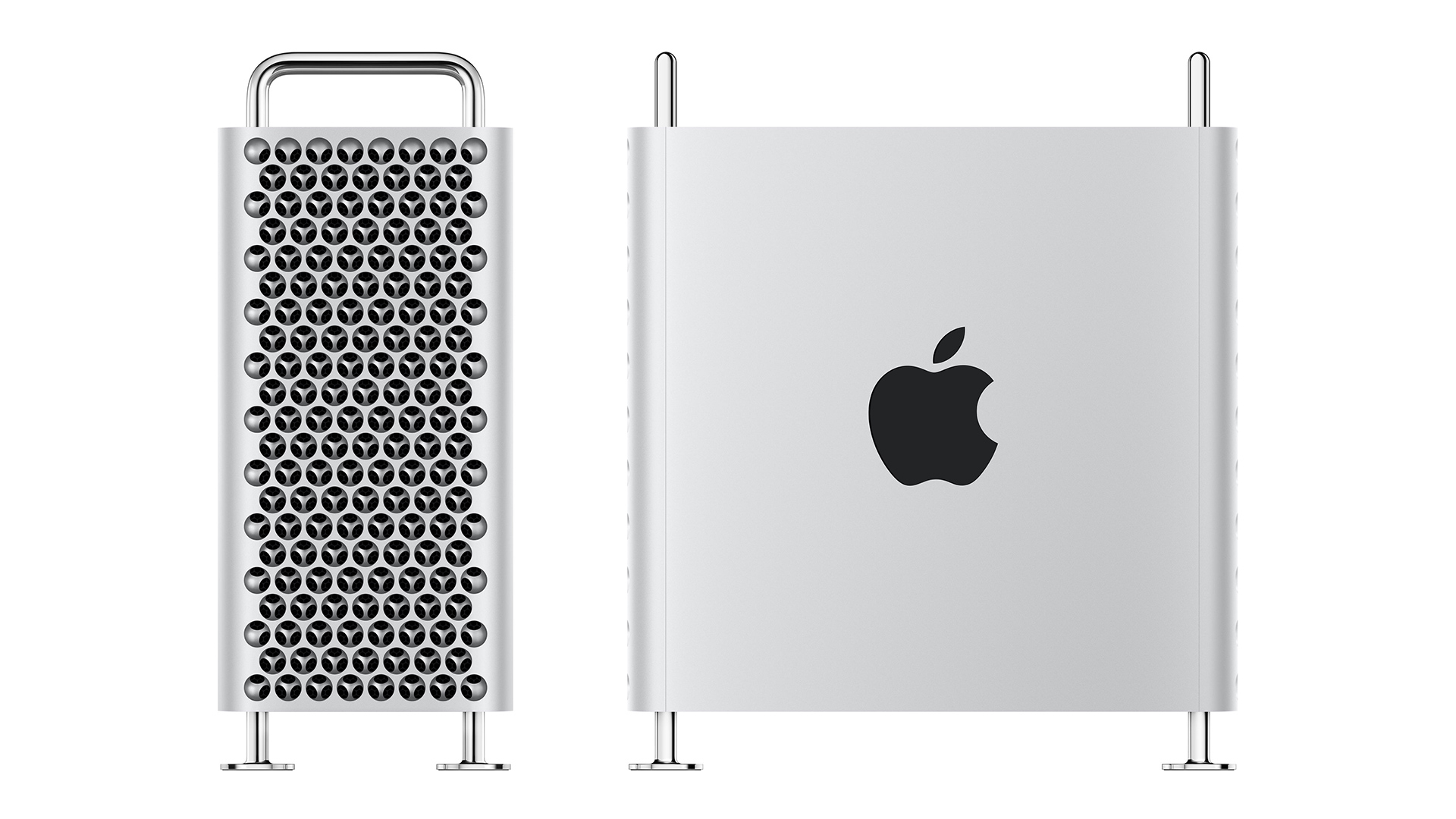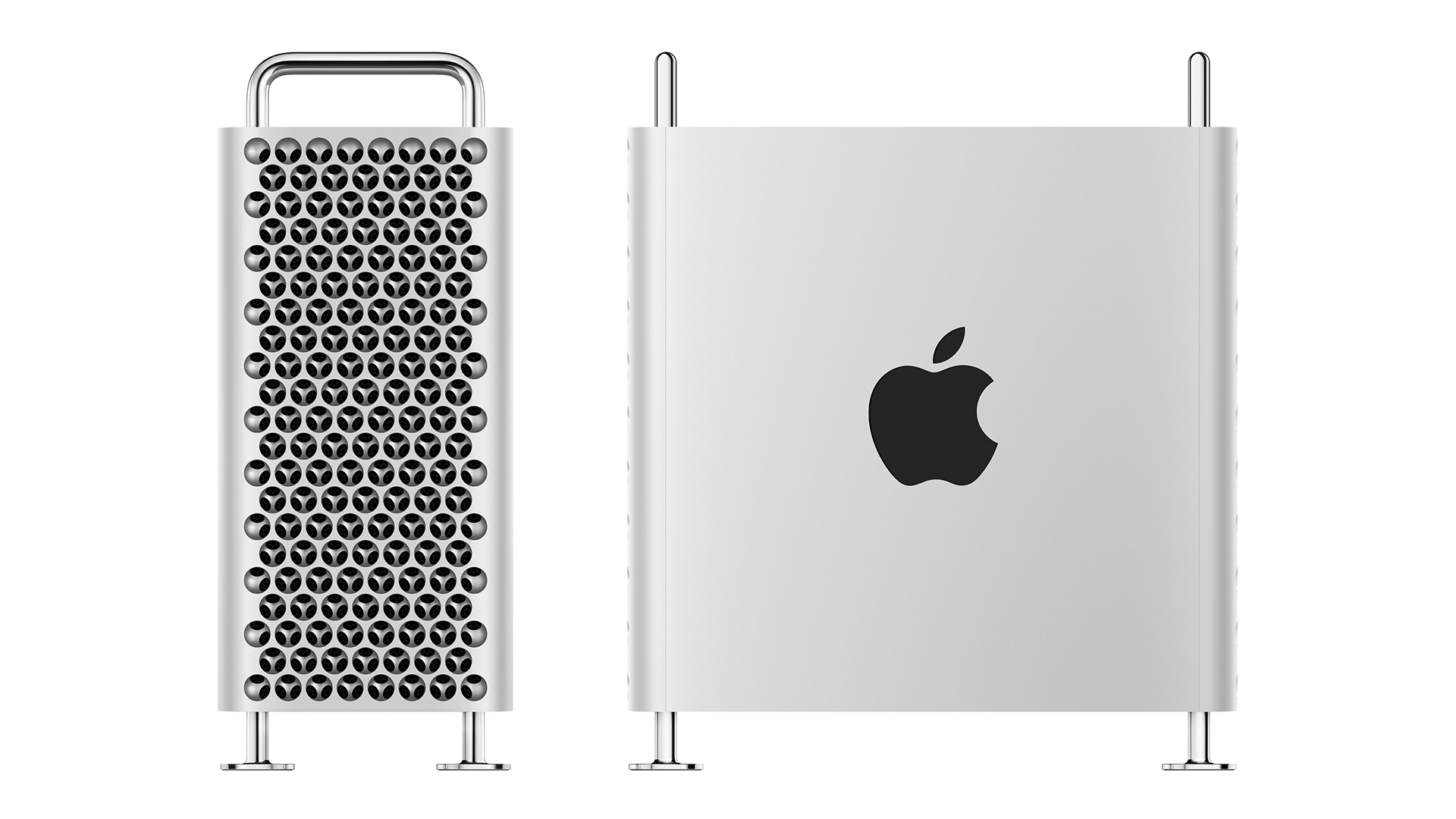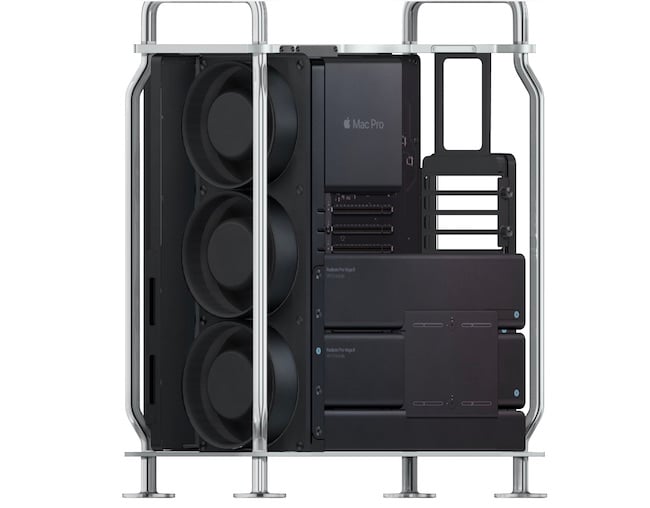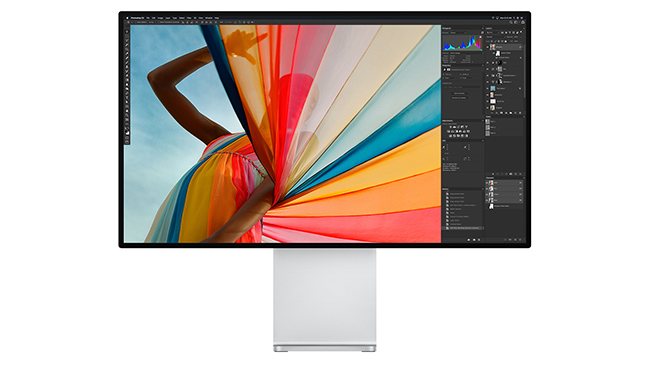

The new Mac Pro is available with a large number of configuration options. What are the best options if you want a machine that will do the business, won't become obsolete quickly, but offers the best bang for the buck?
I am working on configuring my Mac Pro 2019 in anticipation of some (sorely needed) funding arriving in January, 2020.
And yes, I’ll post my observations once my system is in place along with the obligatory unboxing video, which I promise to make as uninspiring as every other unboxing video.
Like all of you interested in Apple’s new beast, I’ve been watching videos from studio pros, bloggers, take-it-apart sites and even the uninformed seeking to inform. Like the blogger who discussed the Promise Pegasus MPX module raid and observed that it would be highly unlikely one would need to access the unit to replace a drive. Uh? It’s spinning media. It’s not if a spinning drive will die, it’s when.
So here are some thoughts and of course I welcome suggestions, comments and critiques before I hit the add to cart button.
System requirements
I’ve not bought a desktop machine since my December 2013 Mac Pro trash can. I was fortunate in that I was never bitten by the dual D700 rendering bug but of late it has been running very hot. It shut itself down two months ago in the middle of a software installation (and not power because it is connected to a UPS and we have a 20kwh whole house generator). It scrambled the internal SSD, the backup spinning drive connected via a Drive Dock and trashed a 32tb G Tech RAID 5. I am still recovering from that and lost about 8 months of footage being used for product reviews and testing. Fortunately, I will not need to revisit deliverables already delivered. That alone tells me it’s time for a new machine.
Other than needing the apex of Mac technology for my reviews and analysis, my focus is a system that will easily optimize DaVinci Resolve 4K editing and grading; still photo editing and grading in Lightroom, Luminar and Capture One; fast encoding for deliverables; and finally— several years of service with the possibility of machine upgrades rather than machine retirement.

What's the best value configuration for a 2019 Mac Pro? Image: Apple
So here goes.
From user experiences, I’ve concluded that 16 core is the sweet spot both in terms of price and performance relative to Apple’s other pro contender, the iMac Pro. The delta to 24 cores is a steep one and I’m reckoning that difference could better be spent elsewhere.
To economize, I’ll buy my memory from OWC, adding another 64GB of RAM to bring machine to 96GB.
While I know it always would be possible to add another GPU, I’m thinking that the Dual Radeon is the best bet knowing that can be changed in the future and still leaving one MPX slot open for what will no doubt be additional MPX module options over the coming months.
My Mac Pro 2013 has 1TB internal solid state storage which with the junk I’ve accumulated over the years is about 65% full. So, I’ll opt for 2TB of storage.
The $2000 Afterburner card holds little interest. That combination of CPU, RAM and GPU will still handle ProRes RAW adequately. Benchmarking videos I’ve watched haven’t convinced me that for my purposes it is a sound investment.
I currently have a Decklink Studio 12G in an external OWC enclosure and that card will now be installed in an 8x PCIe slot. One less external box on the equipment rack.
Storage
Storage has been giving me some sleepless nights. The $2300 Promise MPX module may configure to 24GB in RAID 5 and would be faster than even an externally connected Thunderbolt 3 RAID, but I simply want to phase spinning drives out of my life. I currently have for testing an OWC Thunderbolt 3 NVMe enclosure populated with 4 of their 2TB NVMe media. Using SoftRaid, I’ve configured an 8TB RAID 0. Connected via TB3 to my MacBook Pro Retina, I’m seeing read and write speeds of around 1800 MB/s using Blackmagic’s Disk Speed Test. That convinces me that I need to start migrating to solid state media.
Within the next year, I anticipate that we will begin to see 4TB NVMe media and at that point 16TB of media will be more than enough for just about any project I’ll be doing. And I suspect it could work for a large percentage of users. My interim plan would be to use the solid state media as working storage and back up to spinning drives, spinning them up weekly yet still aware of the risks.
OWC has just announced internal 4-NVMe PCIe storage and for some time Sonnet has offered a PCIe card to which NVMe’s can be added. Again, I expect this market to grow quickly in the next few months.
I’ll continue to use the G Tech 32TB Thunderbolt 2 RAID with a TB3 to TB2 adapter but primary working projects will be on the NVMe drives with backup to both the G Tech as well as separate spinning drives.

The Apple Pro Display XDR. Image: Apple
The display
Apple’s ProDisplay XDR is breathtaking both in its display quality as well as its price. I question its use in the photography-for-print side of my life with its P3-D65 gamma for still images as opposed to the older Adobe RGB gamma which plays well with my Canon Prograph Pro 1000 printer. So for the moment I am going to repurpose an LG31MU97 I’ve got sitting around connected with a Thunderbolt 3 to Display Port cable and an older Dell 24” display as a second monitor. I like to work across two screens when writing or researching and the old Dell is fine for writing or web browsing. The LG has multiple Gammas, including sRGB, Adobe RGB, and DCI-P3 and can be calibrated. So it’s a good initial choice for a GUI monitor.
I had also been looking at the Asus PA32UC as a UI monitor, despite several on-line customer reviews questioning Asus’ QC and reports of defective units. But Asus’ forthcoming PA32UC-G has specs that in some areas exceed that of the Apple ProXDR and while no pricing as been announced, speculation is that it will be in the same range as the ProXDR. We have reviewed the Asus PA32UCX quite favorably and that monitor costs about $4000.
I can neither afford nor justify a $50,000 reference monitor for the Blackmagic card. Since I will not be grading for feature film or Netflix, I’ve decided that an LG C9 55” OLED TV can be made to work. While I could go directly HDMI from the Blackmagic card to the LG, I’ve been advised by Blackmagic that I might like the results better if I went SDI to a Teranex Mini and then HDMI from the Teranex to the LG. It is possible to store output LUTs in the Teranex meaning I could store LUTs for both SDR and HDR viewing from Resolve. Tweaking monitor settings and calibration can get that LG close enough for the work I do.
I really like the fact that the Apple IO card has both Thunderbolt 3 as well as two USB A Ports.
Conclusions
All things combined, I’m looking at just under $20,000 for the system. I had actually pondered spending just over half that amount on an iMac Pro but with limited expansion capabilities, I’m feeling that it could become obsolete far sooner than a modular Mac Pro.
The Mac Pro 2019 is the machine that we’ve been waiting for. It may not be the design-forward design of the Mac Pro 2013, I’ll stick with my Italian suits for design-forward. But I think we’ve learned that the expandable, user serviceable modular design going all the way back to the first personal computers remains viable.
Now, my readers, speak your minds. Best suggestion gets the computer named for you (can’t do that with next kid since already closed up shop).
Hopefully will have everything up and running by the end of January 2020.
Tags: Technology


Comments